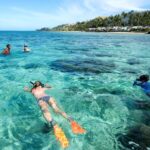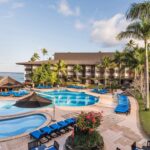Fiji is not just a paradise of beaches and palm trees; it’s home to incredible people. Let’s discover the history, blend of ethnicities, demographics, and the lively culture that makes Fiji a captivating destination!
Population of Fiji
There are 926,276 people in Fiji, according to the official 2018 estimate. The last census (2017) counted 884,887 people. Fiji’s population is primarily composed of native Fijians (54.3%), who are Melanesians with some Polynesian ancestry, and Indo-Fijians (38.1%), descendants of Indian laborers brought during British colonial times.
The Indo-Fijian population has decreased due to migration, and there have been tensions between ethnic Fijians and Indo-Fijians in politics.
Rotumans make up 1.2% of the population, while Europeans, Chinese, and other Pacific island minorities contribute economically but are small in number.
About 4.5% belong to other ethnic groups, and 0.3% are from Australia.
Fijian culture emphasizes the importance of family and community, with kinship determined through a child’s lineage to a spiritual leader. Clans, called matangali, are formed based on these ties, with smaller collectives known as mbito within them. Descent is patrilineal, and status is derived from the father’s side.
| Ethnic Group | Percentage of Population |
|---|---|
| iTaukei (Native Fijians) | 54.3% |
| Indo-Fijians | 38.1% |
| Rotumans | 1.2% |
| Other Ethnicities | 4.5% |
| Australians | 0.3% |
Fiji’s People through Time
Before people set foot in Fiji, the islands were silent witnesses to the ebb and flow of the Pacific Ocean. This was a time when the tropical breeze rustled through the untouched foliage, and the songs of the sea were the only melodies heard.
Up until a few thousand years ago Fiji, like much of the Pacific, was utterly uninhabited by humans. Nature held sway, with lush forests, diverse flora, and an array of unique wildlife. The islands were blank canvases awaiting the first strokes of human existence. Then:

- Settlement (3500-1000 BC): Austronesian peoples settled Fiji, evidenced by pottery art.
- Melanesian Arrival (Around 2500-1000 BC): Melanesians arrived about a thousand years later.
- Lapita or Polynesians (Uncertain): Lapita or Polynesian ancestors might have been the first settlers; their fate after Melanesian arrival is unknown.
- Cultural Influence and Migration (Post-Melanesian): Evidence suggests there was some migration to Samoa, Tonga, and Hawai’i.
- Moturiki Island Settlement (600-900 BC): Archaeological signs indicate human settlement on Moturiki Island, possibly dating back to 900 BC.
- Cultural Connections (Melanesian and Polynesian): Fijian culture shares similarities with Melanesian culture, but stronger connections exist with older Polynesian cultures.
- Pre-European Trade (Before European Contact): Clear evidence of trade between Fiji and neighboring archipelagos predates European contact.
So, Fiji’s story begins with the Lapita people, rocking up around 5000 years ago. They’re like the OG Fijians, setting the stage for what comes next. Then the Europeans arrived, and eventually, Fiji becomes a British colony. A little drama, a bit of history—it’s all in there!
Who’s Who in Fiji?
Let’s take a look at the ethnicities in Fiji:
iTaukei
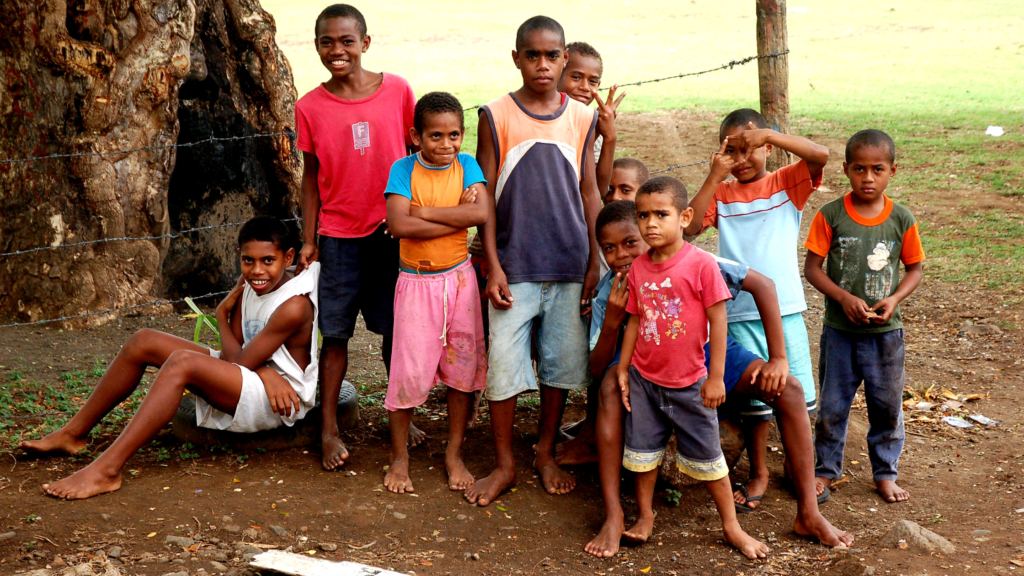
Meet the iTaukei crew, the OG Fijians keeping ancient traditions alive. They speak Fijian and English. They’re the descendants of some of the original settlers! The iTaukei, formerly known as Fijians, are the main indigenous people of Fiji, residing in the Melanesian region.
They arrived approximately 3,500 years ago from western Melanesia, and later spread to other islands, including Rotuma. The Lapita people, the original settlers, left distinctive pottery, known as Lapita pottery, dating from 800 BCE onward.
Today, indigenous Fijians make up more than half of Fiji’s population, primarily of Melanesian descent with some Polynesian influence.
Fijians have a unique culture, evident in traditions and customs showcased in village life. These traditions persist today through cultural activities and experiences like village homestays or visits for visitors.
Indo-Fijians
Then there are the Indo-Fijians, descendants of Indian workers brought in during the British rule. They bring a whole new vibe with their food, festivals, and colours.
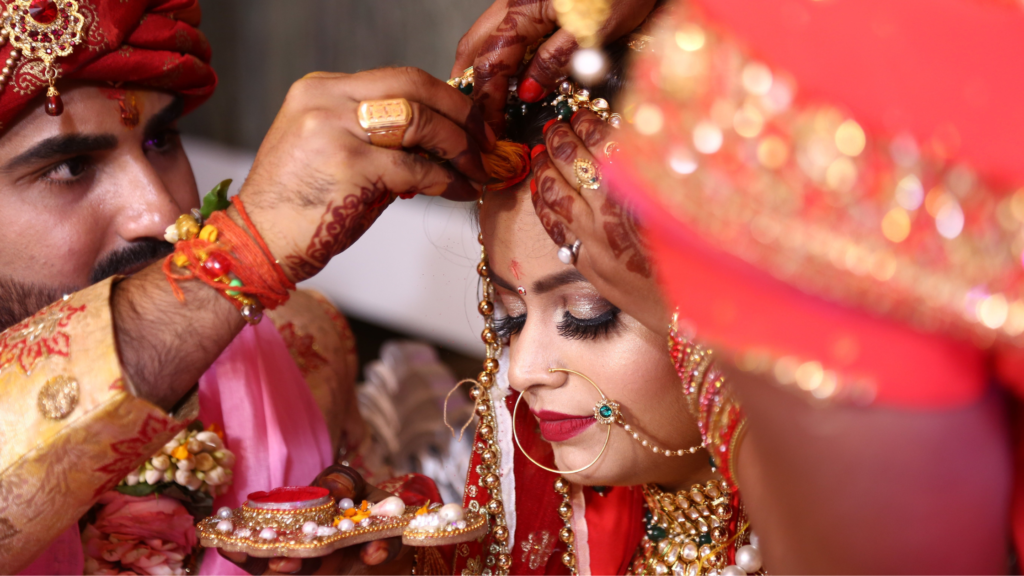
Indo-Fijians, or Indian Fijians, are Fijian citizens of Indian descent, tracing their roots to different regions of India. While they formed a majority in Fiji from 1956 to the late 1980s, mass emigration led to a decline, with 37.6% of the population in 2007. Most Indo-Fijians originate from Awadh and Bhojpur in northern India.
They speak Fiji Hindi, a language influenced by Awadhi and Bhojpuri, with unique grammatical features. The majority of laborers came from districts in the present-day Awadh and Bhojpur regions, while some originated from Telugu, Tamil, Afghanistan, and Nepal. British colonial rulers brought them as indentured laborers between 1879 and 1916.
| Aspect | Details |
|---|---|
| Population (census) | 313,798 (37.6% of Fiji’s total population) |
| Language | Fiji Hindi, influenced by Awadhi and Bhojpuri |
| Origins | Primarily from Awadh and Bhojpur regions of India |
| Immigration Period | 1879-1916 |
Rotumans, Chinese, and Europeans
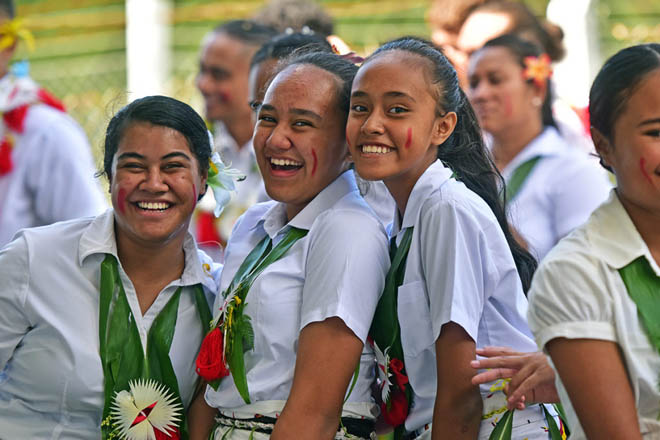
Add in some Rotumans, Chinese, and Europeans, and you’ve got a multicultural fiesta! The Rotumans are a Polynesian ethnic group from Rotuma, part of Fiji. Rotuma’s cultural blend comes from its location at the Pacific Ocean’s crossroads, sharing aspects with Melanesian, Micronesian, and Polynesian cultures.
Originally inhabited by Tahitians from Bora Bora, Rotuma later experienced Samoan influence. Despite a myth attributing the island’s first inhabitants to Samoans, it resulted from Samoan, Fijian, and Tongan expansion. A creation myth involves Raho, a Samoan prince, creating Rotuma by pouring sand over two rocks, marking the islands’ formation.
Where in Fiji are the People?
With around 900,000 people calling Fiji home, it’s a mix of city hustle in Suva and chill vibes in villages. Fiji consists of 333 islands, with Viti Levu and Vanua Levu being the largest and most populated.
The majority of the population, including Indo-Fijians and indigenous Fijians, resides in the larger urban areas such as Suva, Lautoka, Nadi, Labasa, and Ba. About 55.9% of Fiji’s population lives in urban areas, while 44.1% resides in rural regions.
Everyone’s invited to the party—no exclusions here. Urban, rural, we’re all in this together!
Culture Vibes in Fiji
Fiji isn’t just about the stunning views; it’s a cultural carnival. Imagine sipping kava at a ceremony, feasting on lovo-cooked goodness, and joining Diwali or Eid celebrations. The “Bula Spirit” is real, making Fiji feel like one big, friendly family.
In Fiji, village life for Fijians centers around community, school, and church, with a focus on independence and conservative living. In contrast, urban centers, mainly inhabited by Indo-Fijians, revolve around work, education, and family. Fiji as a whole embraces a relaxed approach known as “Fiji time,” emphasizing a laid-back attitude towards getting things done, often at a leisurely pace or not at all.
“Why climb all the way up there for it? Just relax, wait for the coconut to drop!”
-Fiji Time
So, why does Fiji stand out? It’s not just the beaches; it’s the people, their stories, and the vibrant cultures that paint this paradise. The next time you dream of Fiji, remember it’s not just a destination; it’s a journey into diversity and a celebration of the beautiful tapestry of life! 🌺✨


